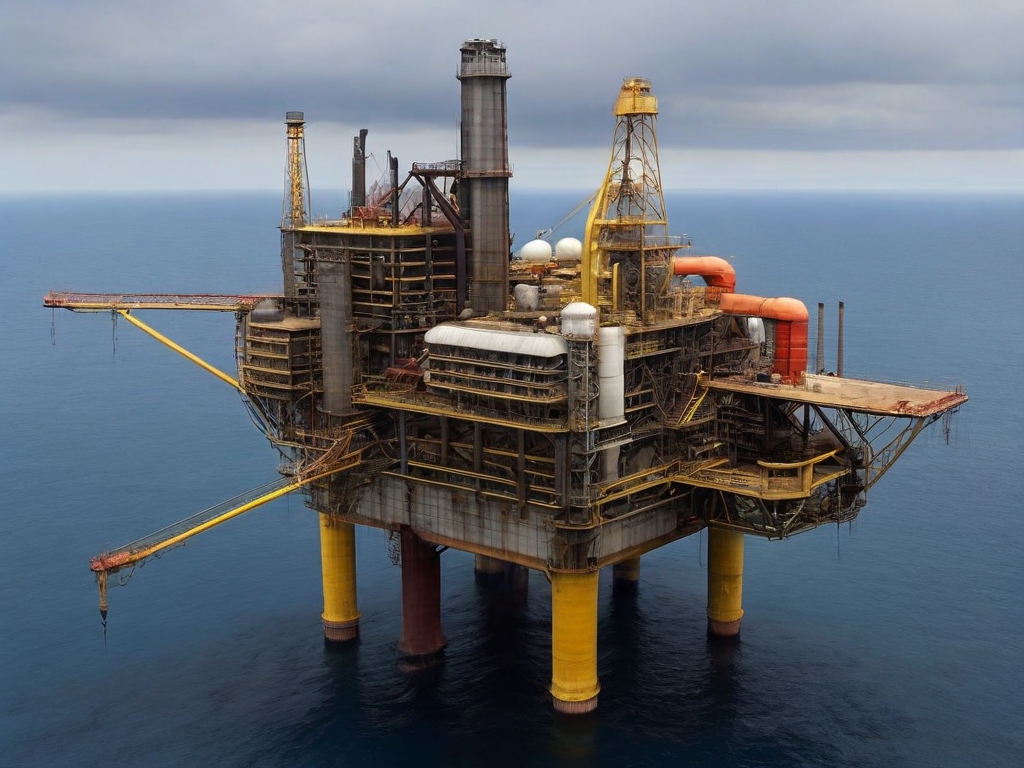As industries continue to evolve, the need for intrinsically safe and explosion-proof systems becomes increasingly critical. These systems are essential in hazardous environments where a single spark could lead to a catastrophic event. At the Intrinsically Safe Store, we understand the importance of these systems and the considerations that come with their expansion. In this article, we delve into the scalability considerations when expanding these systems.
Understanding Intrinsically Safe and Explosion-Proof Systems
Designers create intrinsically safe and explosion-proof systems to prevent the ignition of flammable substances in hazardous environments. These systems limit the energy available for ignition to levels below what is needed to ignite the hazardous atmosphere. Industries such as oil and gas, mining, chemical, and pharmaceuticals use these systems.
Scalability Considerations
When expanding these systems, we need to consider several factors to ensure safety and efficiency. These include:
- System Design
- Regulatory Compliance
- Training and Maintenance
- Cost Implications
System Design
The design of the system plays a crucial role in its scalability. It should be flexible enough to accommodate future expansion without compromising safety. This involves considering factors such as the layout of the facility, the type of hazardous materials present, and the potential for growth.
Regulatory Compliance
Expanding intrinsically safe and explosion-proof systems must comply with various regulations and standards. These include the National Electrical Code (NEC), the International Electrotechnical Commission (IEC), and the European Union’s ATEX directive. Non-compliance can lead to legal repercussions and potential safety hazards.

Training and Maintenance
As systems expand, so does the need for training and maintenance. Employees must be adequately trained to handle the new equipment, and maintenance schedules must be updated to accommodate the additional components.
Cost Implications
Finally, the cost implications of expanding these systems must be considered. This includes the cost of additional equipment, installation, training, and maintenance. It’s essential to conduct a cost-benefit analysis to ensure that the expansion is financially viable.
Case Study: Expansion in the Oil and Gas Industry
A prime example of scalability considerations can be seen in the oil and gas industry. As companies expand their operations, they often need to increase their intrinsically safe and explosion-proof systems. This involves careful planning and consideration of the factors mentioned above. For instance, a company may need to redesign its system to accommodate new drilling sites, ensure compliance with industry regulations, train employees on new equipment, and factor in the cost of expansion.
Navigating the Complexities of System Expansion
Expanding intrinsically safe and explosion-proof systems is a complex process that requires careful planning and consideration. Factors such as system design, regulatory compliance, training and maintenance, and cost implications must all be considered. By taking these factors into account, companies can ensure a safe and efficient expansion of their systems.
At the Intrinsically Safe Store, we understand the complexities of expanding these systems. We offer a wide range of intrinsically safe and explosion-proof products to meet your needs. Whether you’re in the planning stages of expansion or already in the process, we’re here to help. Contact us today to learn more about how we can assist you in your expansion efforts.


























